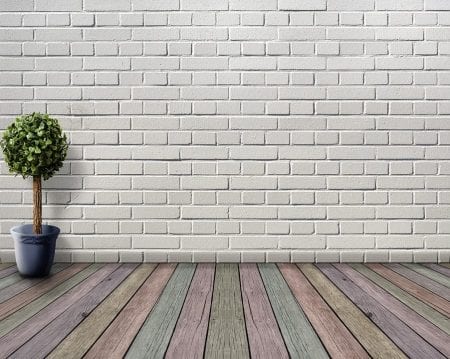 For the house to be cozy and give joy, you need not only good repairs and expensive furniture. Need a healthy environment in the truest sense of the word. Unfortunately, it often happens that dark spots appear on a completely new tile, suspicious divorces appear on the wall junctions …
For the house to be cozy and give joy, you need not only good repairs and expensive furniture. Need a healthy environment in the truest sense of the word. Unfortunately, it often happens that dark spots appear on a completely new tile, suspicious divorces appear on the wall junctions …
The fungus is a mycological lesion of building structures. Like all fungi, it develops from spores, but, unlike its counterparts in the wild, growing in the soil, on the roots and trunks of trees and plants, home mold is in the form of powdery mildew. It can be found under the houses, on the outer walls, in the attic, in the basement. Mold fungi grow in the refrigerator, in garbage containers, under window sills, in damp corners and on damp walls, on curtains in the shower. In fact, any wet surface can become a nursery of a fungus, because the substances necessary for life can be found in paper, wood, and natural fabrics.
Signs of biological damage:
- dark green or black dots on the walls and ceiling, less often on furniture;
- unpleasant musty smell in the room;
- Wallpaper peel off, plaster showered.
Where did you come from?
If you remember the course of biology, you know that the mushrooms themselves are only the fruits of a huge system – mycelium. Mycelium can grow strongly – that is why it is so difficult to determine where the fungus came from. Is it clean and dry at home, but do you have a fungus? Perhaps he came from a nearby porch! The threads of the mycelium sprout through brick and concrete and can reach tens of meters (moisture from the root, which is necessary for the life of the fungus, flows from them). But the main reasons for the appearance of the fungus are inadequate ventilation and disruption of building technologies.
Excess moisture. If the hood in your home does not work well, ideal conditions for the fungus are created indoors. But if your apartment is on the ground floor – the moisture that comes from the basement is to blame.
Impaired tightness. In panel houses, the sealant with which the panel joints are filled flakes off over time. Moisture accumulates in the cavities that appear, and a fungus appears in the apartment.
How to deal with fungus
The smell of the fungus, sometimes almost inaudible, is the strongest allergen, it can cause lung disease. You can search for an allergen for years, limit yourself in food and drink antihistamines, and an invisible mold fungus will provoke a constant runny nose.
To prevent mold, more often ventilate the apartment. To ensure a sufficient amount of sunlight, do not close during the day thick curtains or blinds. Air vents in the bath, toilet and kitchen should be constantly open. Remember, a small gap is needed between the wall and the furniture. A more radical means can be a home instrument that controls the humidity of the air. The rate is about 35%.
For the purpose of prevention, once a month my place is of high humidity with a solution of baking soda in water (3 tablespoons per liter of hot water) or special detergents against mold fungus.
To prevent, as well as at the first signs of mold in more dry places (for example, on books), it is necessary to air the moldy thing (place), dry it in the sun and wipe the surface with hydrogen peroxide solution. Do not wash the mold from paper or wooden surfaces with a rag – so you do not remove it, but rather rubbing it.
If allergy to fungal spores nevertheless overtook you, follow simple safety rules and you will avoid exacerbations.
• Do not keep wet laundry in the room after washing – immediately iron it.
• At least once a month, wipe the walls and floors with an antifungal solution. You can use this solution: 3 tbsp. spoons of trisodium phosphate and half a cup of bleach should be diluted in 4 liters of water.
• If you notice mold in flower pots on the soil, replace the entire ground. Avoid African violets and geraniums, as it is around them that fungi often grow. Keep the number of indoor plants to a minimum.
• Never eat moldy bread, as well as spoiled vegetables and fruits.
To get rid of the fungus in the house once and for all, it is necessary, firstly, to eliminate the cause. Eliminate excess humidity: condensate is often collected on the pipes in the bathroom, and if the pipes are quite old, then the fungal mycelium can live inside them. In this case, you can get rid of it only by completely changing the sewage system. And yet it must be done – it is dangerous to use water infected with fungus.
Picture Credit: DarkWorkX



